|
Ferns are one of the Earth's oldest plants with the first appearing about 350 million years ago during the Devonian Period. Below are three common and easily distinguishable ferns found in local bog and marsh-like areas. Cinnamon FernArising from fiddleheads in mid April, the Cinnamon fern can reach heights of 6 feet! The name is derived from the distinctive cinnamon-colored wands of fertile fronds in the late spring (photo 1 - bottom right side). This is the largest and most common fern at Brown's Bog. Sensitive FernWith its rounded almost lumpy appearance, the sensitive fern is easy to spot. Rising to the height of about a foot it can be found along pathways and in low-brush areas. Royal FernWith its long branches and separated leaves this fern looks more like a member of the Locust tree or pea family than that of a fern.
0 Comments
The first image was taken April 20th. From then until June 6th (second photo) quite a few changes happened.
With just a little sunshine, warmth, and time, huge transformations can happen. Summer is finally here and the summer wildflowers have begun blooming!
This past winter we came across this park on a trip to Ashland. We had a lovely stroll through the swamps and marshes and wanted to see it in different seasons. Here's our summer visit. The park was alive with activity, blooms, sedges, and bugs. We forgot to apply bug repellant (big mistake). If you go be sure to cover up, the mosquitoes and deerflys are out! This week is the ferns have really started growing in size and have began forming spores under their fronds! Brown's Lake Bog, then right across the county to Funk Wilderness Area Himmelman's Plume Moth - Geina tenuidactyla
Found 6/14/16 at Wooster Memorial Park (Spangler) enjoying a tasty Dogbane snack. This moth enjoys blackberry and raspberry bushes and uses its spiked appearance to blend in amongst the thorns. These are some of the most interesting plants you'll ever get to know, and yet, it's so easy to pass them by. The sedges, the rushes, and the grasses. Looking over a sea of green leaves and foliage they're easy to ignore and to lump them all into what we think we know (lawn grass), but take a moment to look a little closer and you'll find each one has its own unique characteristics.
An easy way to remember how to tell them apart - "Sedges have edges, rushes are round, grasses have nodes from their tips to the ground." Briefly,
As the flower blooms are slowing down, the green is amping up, as we are at the solstice and the beginning of summer let's re-cap the amazing blooms from this spring. Beginning in March the first bloom I had the pleasure of stumbling upon was the Round Lobed Hepatica, followed shortly thereafter with the Virginia Spring Beauty.
And I'm sure there's more I missed, these are the ones specifically on the blog. A native aquatic plant, also known by it's Algonquin name 'tuckahoe', is formed of long-stalked fleshy leaves and a green, wavy-margined, tapering, leaf-like spathe curled around a rod-like spadix.
The foliage and stems in small stands of water create a wave deflecting or buffering barrier, while the root masses knit together and stabilize the submerged sediments. The roots and shoots translocate methane from the substrate. Arrow arum fruit is a preferred food of wood ducks, and is also eaten by muskrats and rails. The foliage is seldom damaged, providing good cover to waterfowl, wading birds, insects, and aquatic mammals. Arrow arum is monoecious, with both male and female parts contained in a partially closed 4 to 8 inch green spathe. It blooms from May to July. As the fruit matures the entire flowering stem curves downward, immersing the spathe. Found in northern sphagnum bogs, the purple pitcher plant is one of North America's few carnivorous plants.
"The flower resembles a thick, flat disc ringed with dark, maroon petals. The plants are most noted, however, for the hollow, gibbous leaves, or pitchers, that give the plant its name. The pitchers trap and digesting flying and crawling insects, making the species one of the few carnivorous plants in North America. The hollow pitchers fill naturally with rainwater. The pitchers also have broad lips where insects land. The insects crawl into the pitcher, where stiff, downward pointing hairs prevent them from leaving. Anectdoctal evidence suggests pitchers capture less than one percent of the flies that venture into their traps, but a few insects eventually fall into the water at the base of the pitcher, where digestive enzymes secreted by the plant release the nutrients within the insects. Eventually, the nutrients are absorbed by the plant, which supplements the nutrients absorbed by the roots. At least two insects also use the pitchers as a breeding location. A community of microorganisms eventually develops in the water at the base of the pitchers. These microorganisms live on the nutrients of the decaying insects, and may actually increase the nutrients available to the plant by further digesting its prey. The microorganisms are themselves prey to at least two species of carnivorous insects – the larvae of a mosquito and the larvae of a midge – which complete their life cycles in the pitchers. For some reason, the digestive enzymes secreted by the plant affect neither species." Trillium hill monthly progress update. Those of you who have been following the blog for a while know that early this spring I hiked one trail every day for a month, in that month's time I also took a photo in the same spot every day of, what I refer to as, 'Trillium hill'. The outpour of intrigue and cheering has motivated me to continue with this project taking a photo from the same spot every month. From March to June the changes have been quite remarkable. Take a moment to consider the effort the Earth has made to make the scene, how from tiny seeds or rhizomes the landscape can change so drastically with just a little sun and rain. It's a very cool world out there, I'm glad to be able to share a little corner of mine with all of you. March 2016April 2016May 2016June 2016From a distance, they look like delicate fallen dragon and damselflies littering a field of tall grasses. Upon closer inspection, the geometrically arranged leaves and the fringed beard, the Rose Pogonia Orchid emerges.
This flower usually has only 1 flower on an erect, slender stem. It is rose or pink-colored and, unlike most orchids, has a nice fragrance. The lower lip is densely bearded near the throat with white to yellow bristles. There is 1 leaf near the middle of the stem. This wild orchid is found in very wet areas where sun is prominent. Other common names are: Rose Pogonia, Snake-mouth Orchid, Beard Flower. Finding this native flower was a real treat, as non-native species move in and push out our native flowers, flowers like these are becoming rarer and rarer to find. As of 2016 the 'Snake-mouth Orchid' is on the USDA's threatened/endangered list as 'Threatened'. An erect, grass-like, aquatic sedge plant with zig-zag stalks bearing ball-like heads of tiny green flowers. Native to the Eastern United States.
The Bur-reeds represent an important group of emergent plants that are partly in and partly out of the water; they frequently form dense stands along the edges of shallow lakes and ponds. The seeds are eaten by waterfowl and marsh birds, and muskrats feed on the entire plant. The bittersweet Nightshade is an easily adaptable plant traveling along a semi-woody vine. Mainly found in areas with moist soils it has been known to adapt to forests and meadows. Its blue-violet flowers and bright red berries, can be useful to distinguish bittersweet nightshade from other nightshade species. All parts of the plant give off a disagreeable odor when bruised.
The flowers attract bumblebees and Halictid bees. Through the rapid vibration of thoracic muscles, the pollen is extracted from the flowers using "buzz pollination." Nectar is not available as a floral reward. The foliage of Bittersweet Nighshade is toxic and unpleasant-tasting, therefore it is rarely bothered by mammalian herbivores. The fruits of nightshade species (Solanum spp.), including those of Bittersweet Nightshade, are eaten by such birds as the Wood Duck, Ruffed Grouse, Ring-necked Pheasant, Gray Catbird, Northern Cardinal, and Swamp Sparrow. Some mammals also eat these fruits, including the Raccoon, Striped Skunk, White-tailed Deer, White-footed Mouse, and Woodland Deer Mouse. Because the seeds are able to pass through the digestive tracts of many animals and remain viable, they are distributed to new locations, enabling this plant to spread. Because these fruits are considered potentially toxic to humans their consumption should be avoided. As a semi-woody vine that climbs fence rows and adjacent vegetation, Bittersweet Nightshade provides good nesting habitat and protective cover for birds and other animals. Bittersweet nightshade was used to treat asthma, bronchitis, jaundice, kidney problems, rheumatism, skin diseases, syphilis, and to counteract witchcraft. A non-native, introduced plant, and member of the pea family, Crown Vetch can be found in almost every state in America.
A native to Africa, crown vetch occurs in meadows, grasslands, savannas, and disturbed areas. Although its seeds and foliage may be poisonous to nonruminants, elk, deer, most classes of livestock, and rabbits feed on crownvetch. Crownvetch is considered high quality livestock, deer, and elk forage, and in the winter, these large mammals paw through the snow to feed on crownvetch. Ground-nesting birds, meadow voles, and rabbits utilize crownvetch as cover Introduced, low growing creeping plant, also known as Creeping Jenny, or Moneywort. A member of the loosestrife family.
Commonly found in forested swamps and in mixed-hardwood riparian floodplain and bottomland forest communities. Now that's a name!
We came across this great beetle in the Funk Wilderness Area. They can be found in/near swampy areas and edges of streams with host plant. Eggs are laid near stems or at the base of the plant, the larvae then burrow their way into the stems and eat tunnels into the roots of the living plant. They can be seen between April and August. Also known as: Round-leaf thimbleweed, Canada anemone, Windflower, Meadow anemone.
A herbaceous perennial native to moist meadows, thickets, streambanks, and lakeshores in North America, spreading rapidly by underground rhizomes, valued for its white flowers. The Education loop is the easiest trail in Spangler, but don't let that deter you, there is so much to observe! There's a great meadow along the trail which was my main goal this trip, to find as many new grasses, sedges, and rushes; I was unsurprisingly pleased. We followed the Education trail to the Spangler trail so we could get a view of above and below. Yesterday we learned about the Plymouth Mayflower, today we learn about the Canada Mayflower.
The short, often zigzaged stem has a small, dense, cluster of tiny, white, star-shaped flowers at its top and 1-3 ovate leaves. A low plant, only 3-6 in. tall, it blankets woodlands with its two shiny, oval leaves. In bloom, tiny, white flowers are held in upright clusters on separate, delicate stems. The fruit is a small, pale red berry. The Latin name, Maianthemum, means May blossom - an appropriate name because the plant flowers in May. In folklore, the root may have been used as a good luck charm. Native Americans are reported to have used the plant for headache and sore throats |
AboutSince 2015 we have been exploring and sharing all the amazing things we’ve found in nature. AuthorEmily is an Ohio Certified Volunteer Naturalist who is most often found out in the woods. Archives
March 2024
Categories
All
|
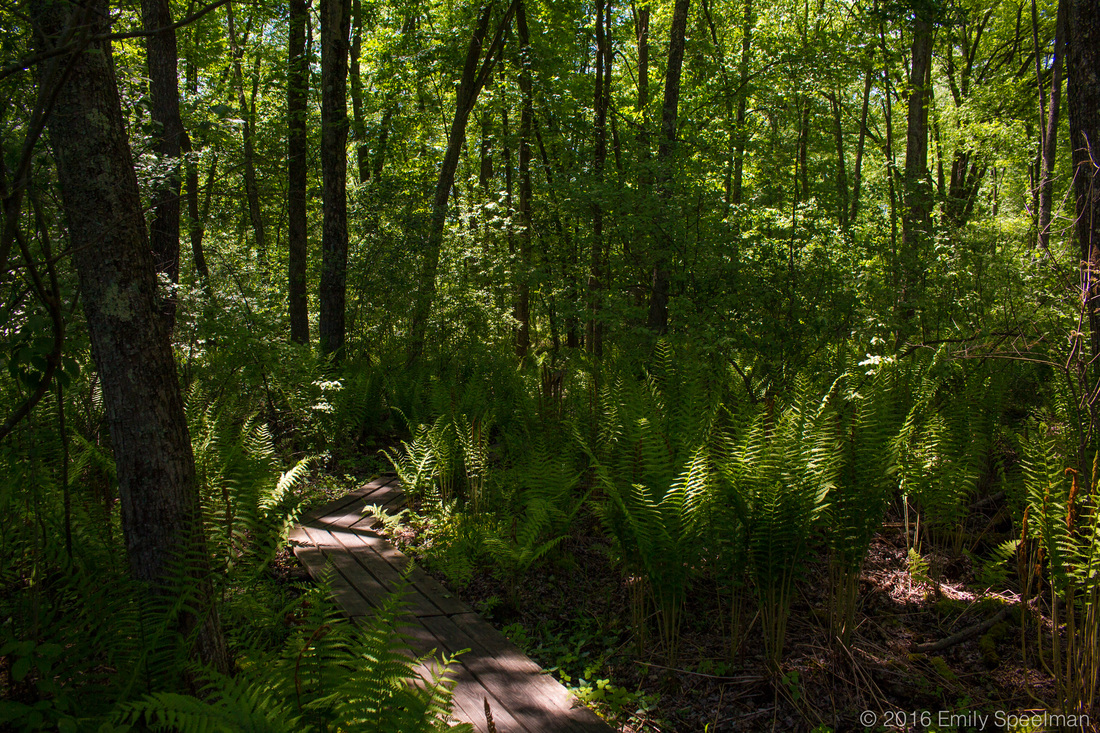
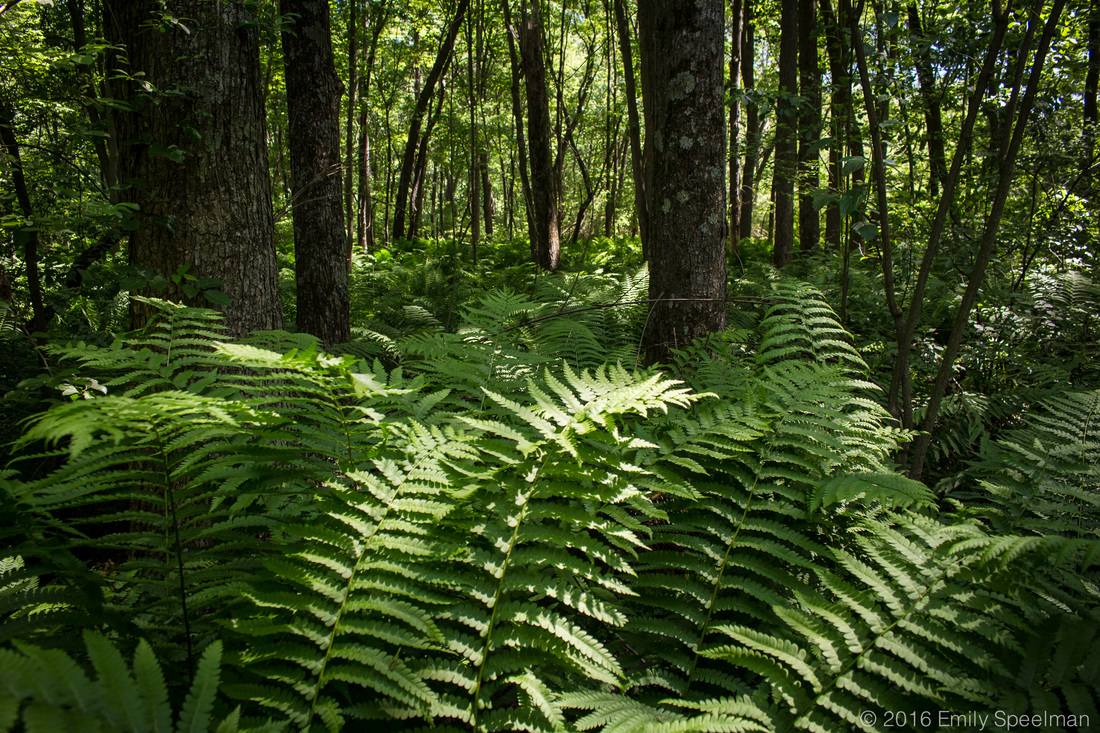
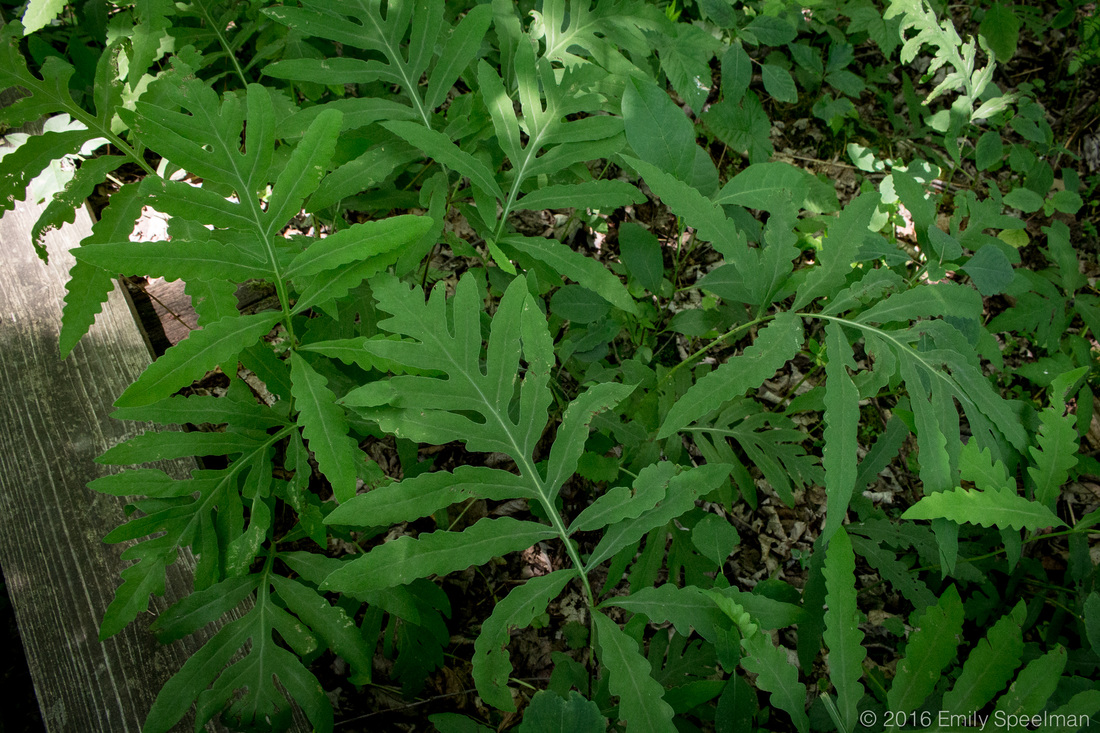
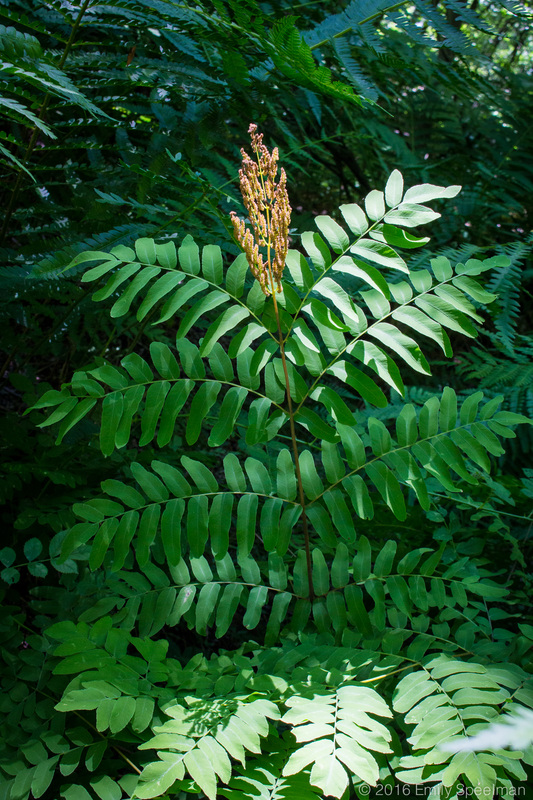
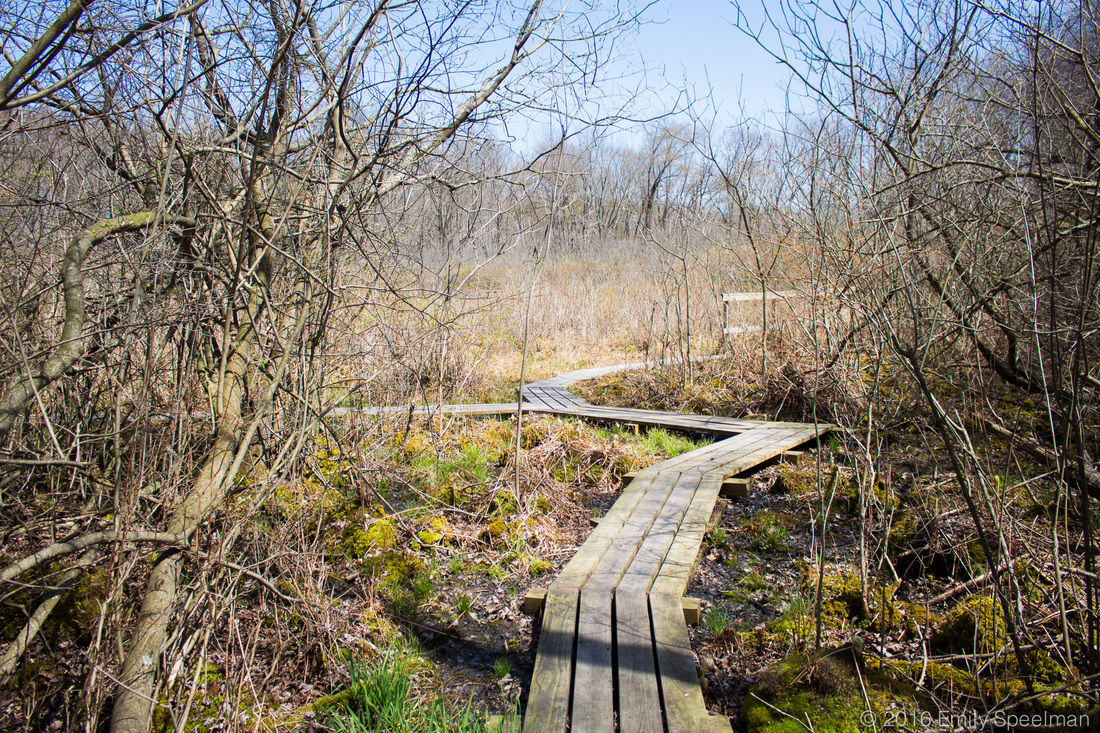
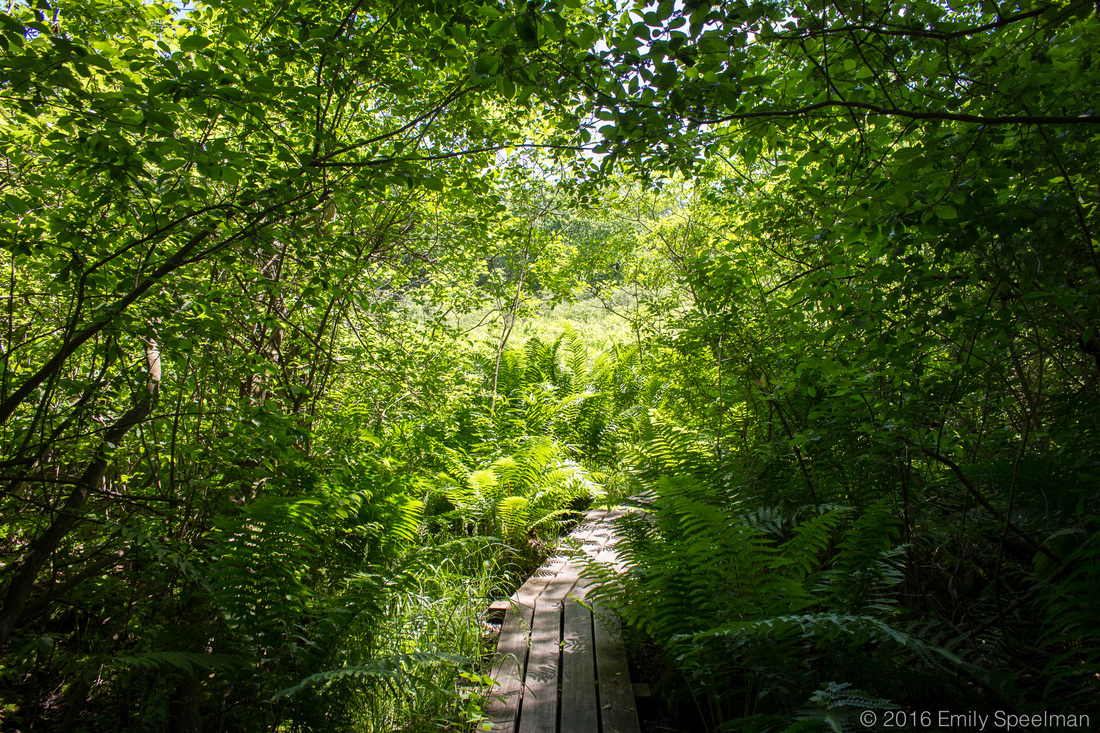
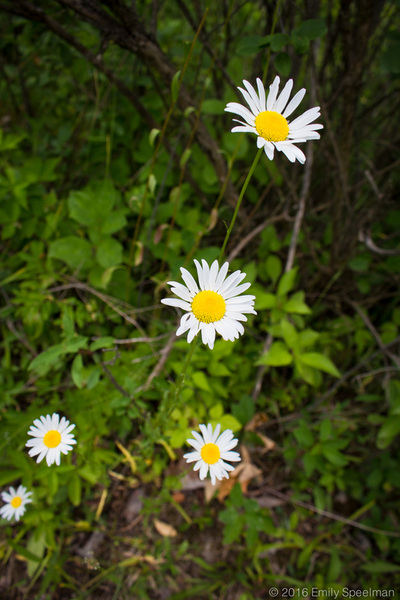
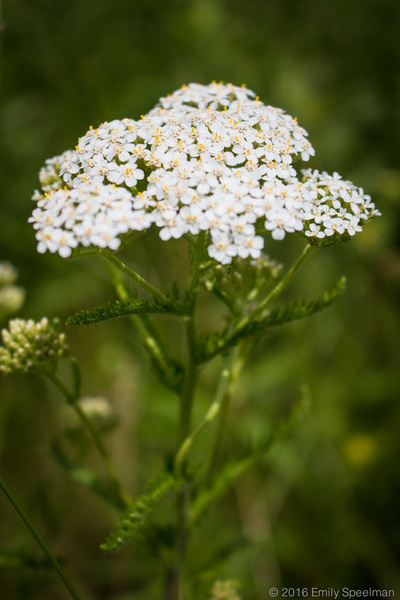
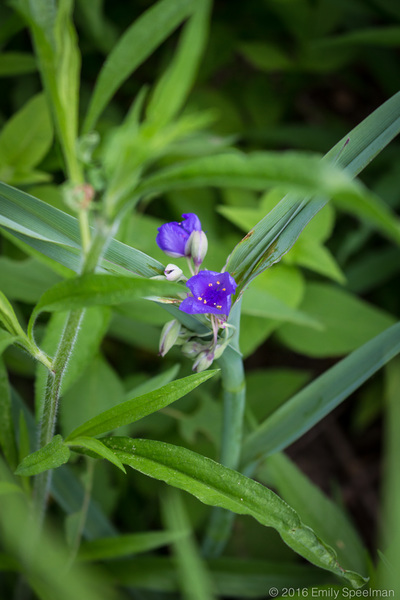
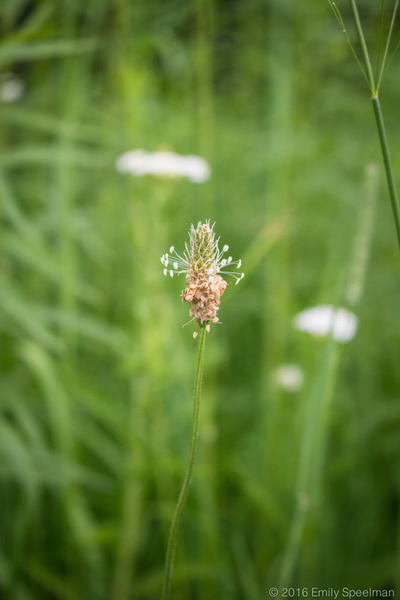
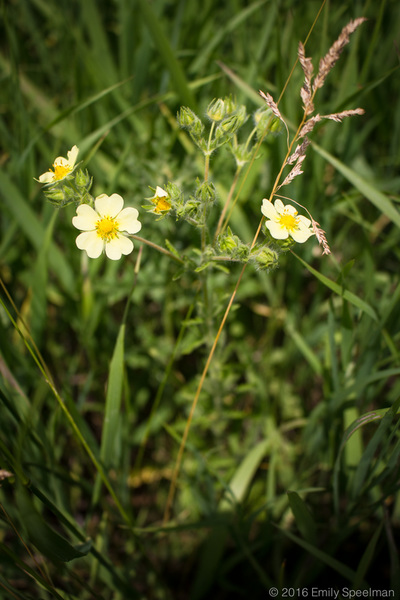
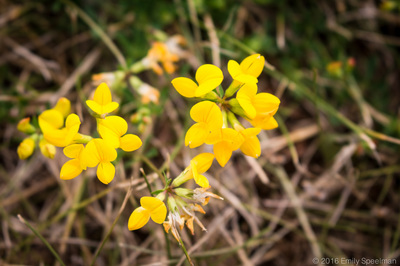
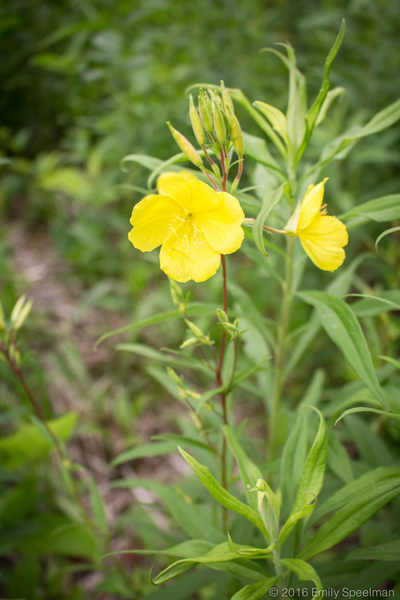
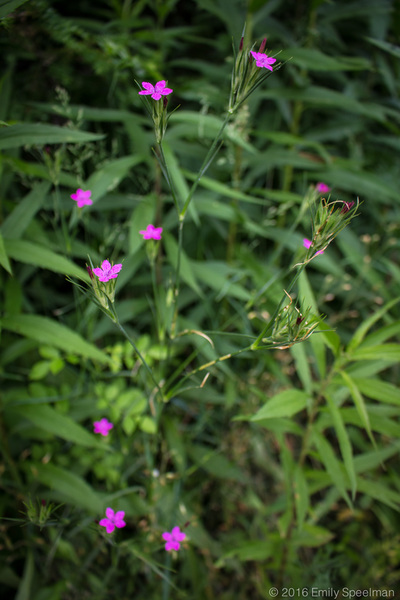
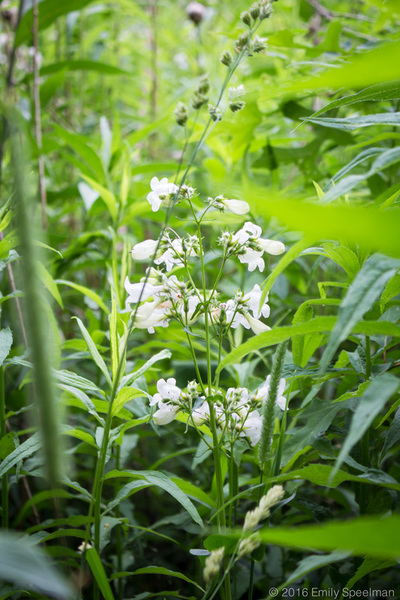
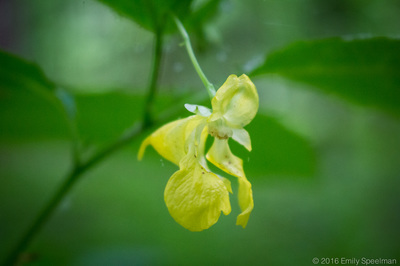
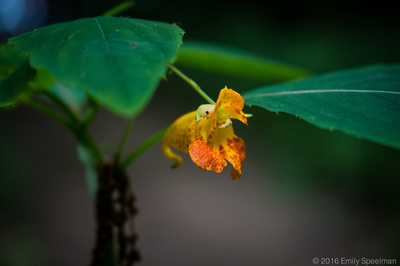
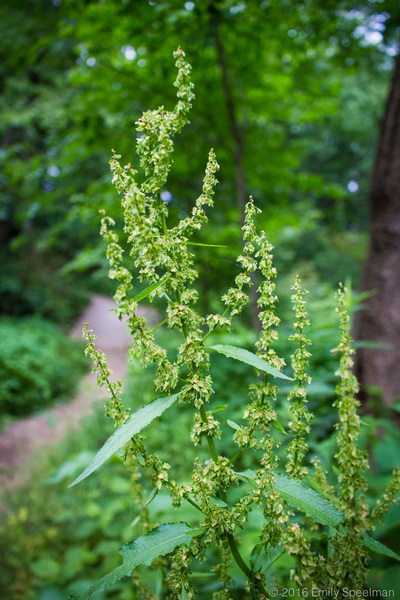

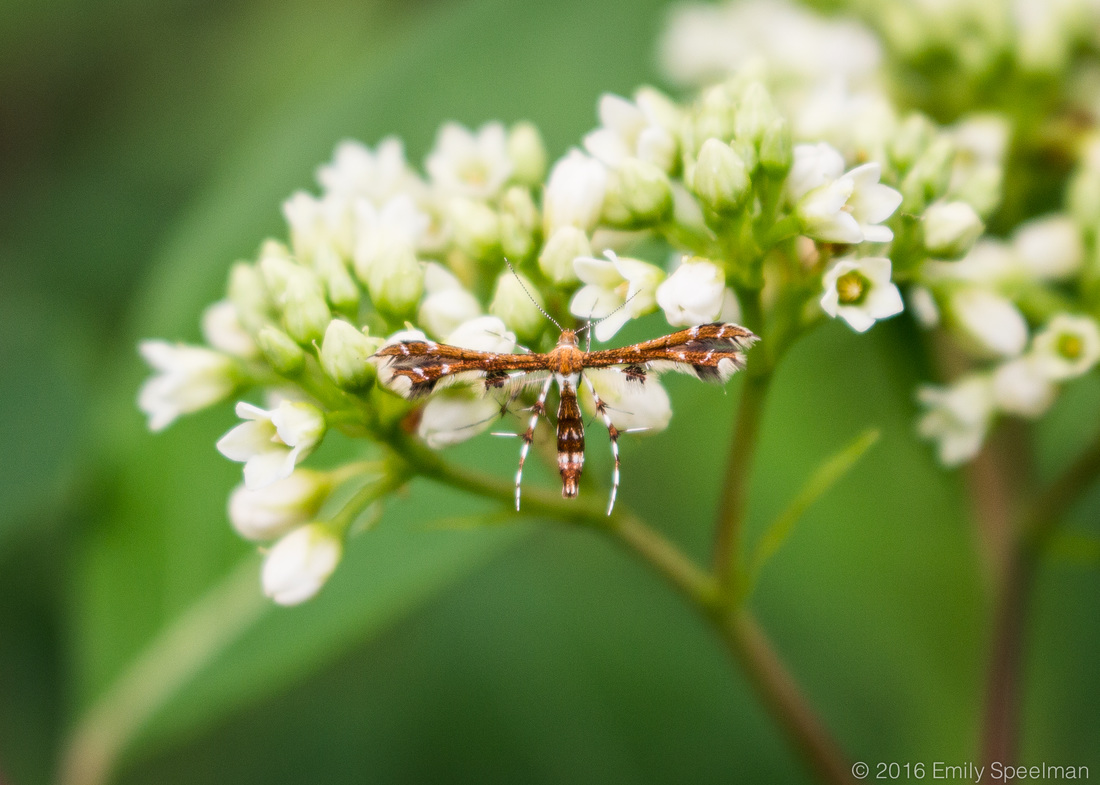
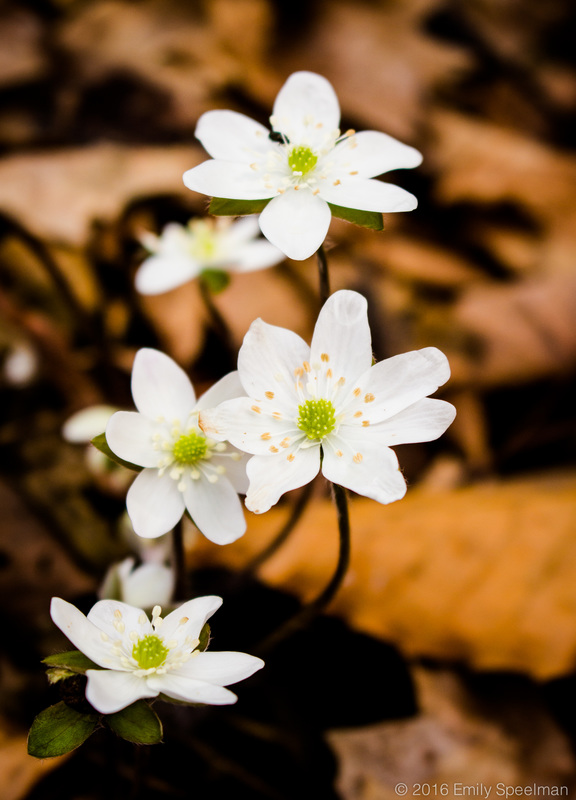
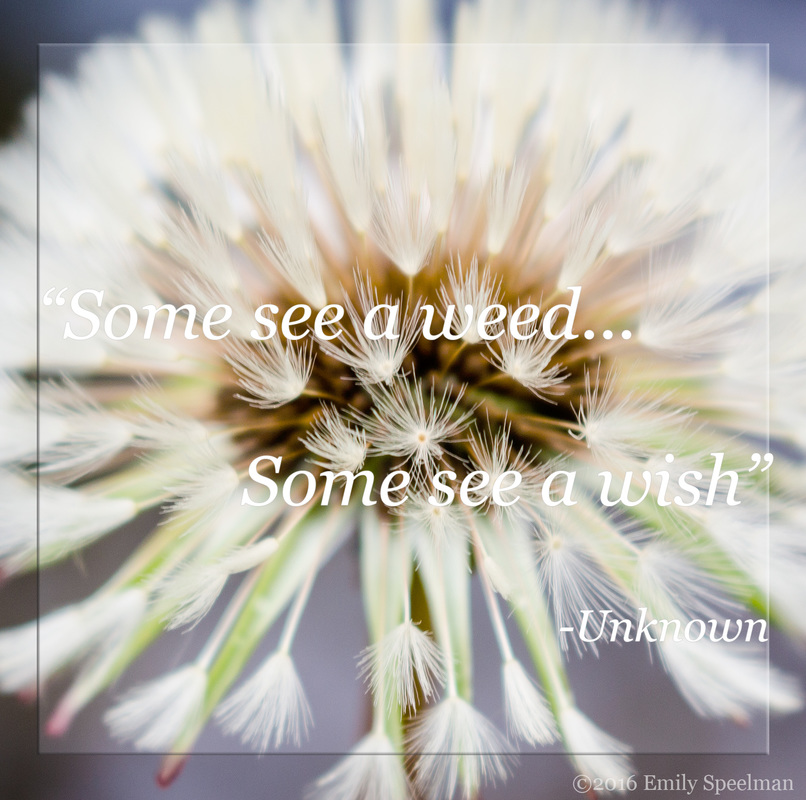
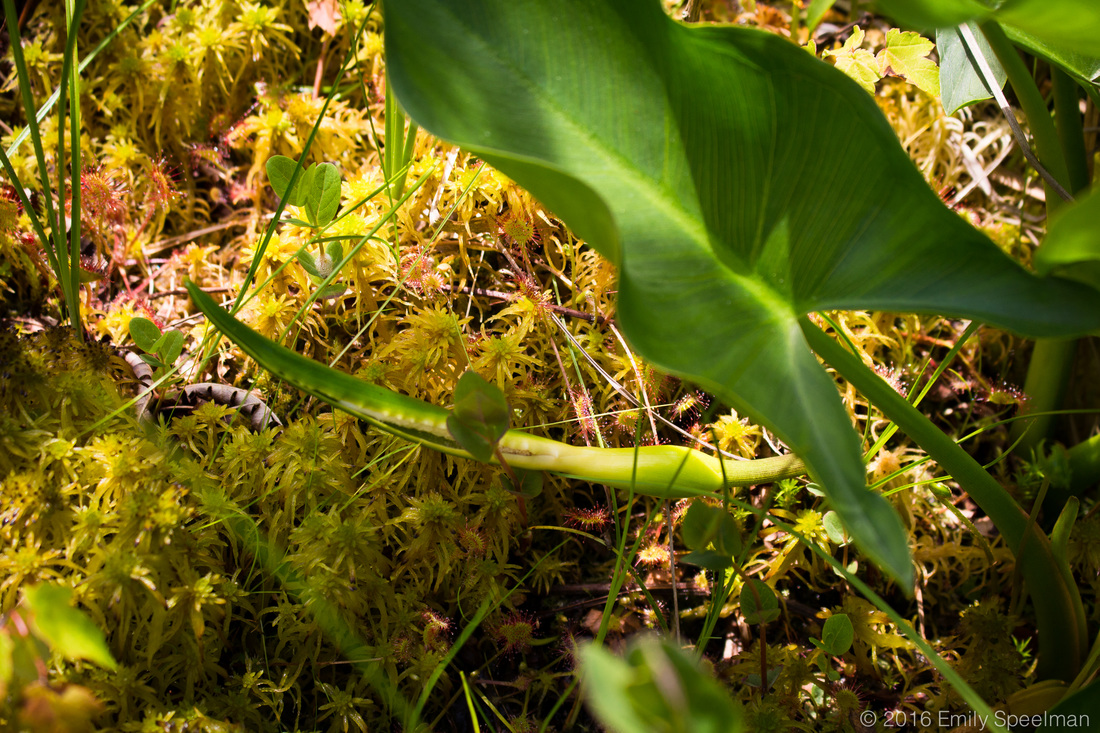
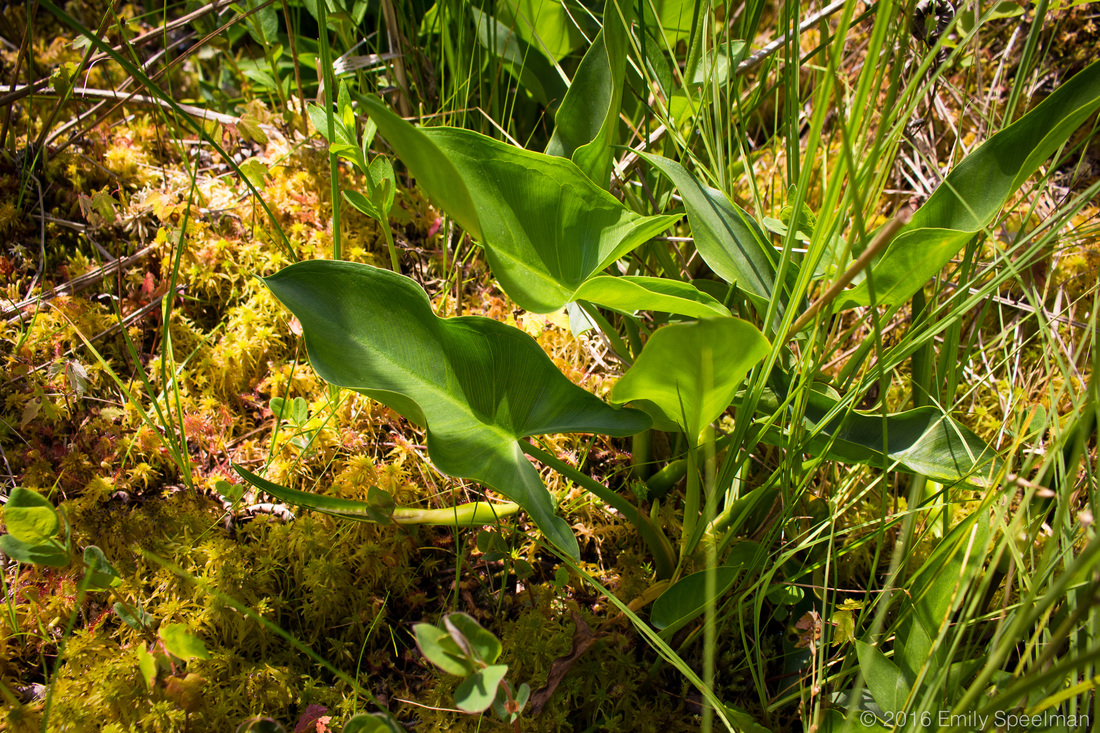
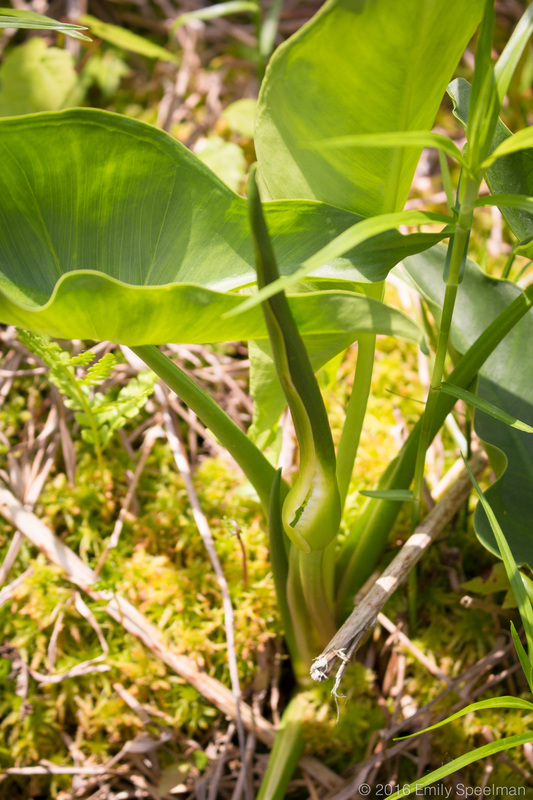
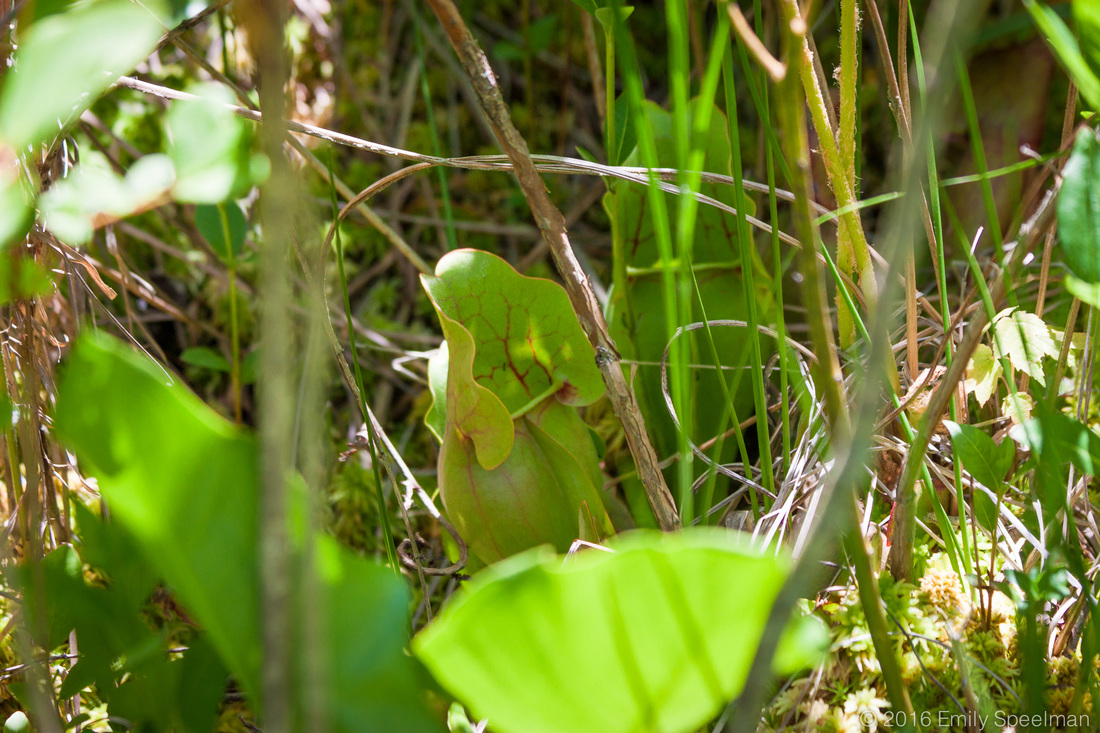
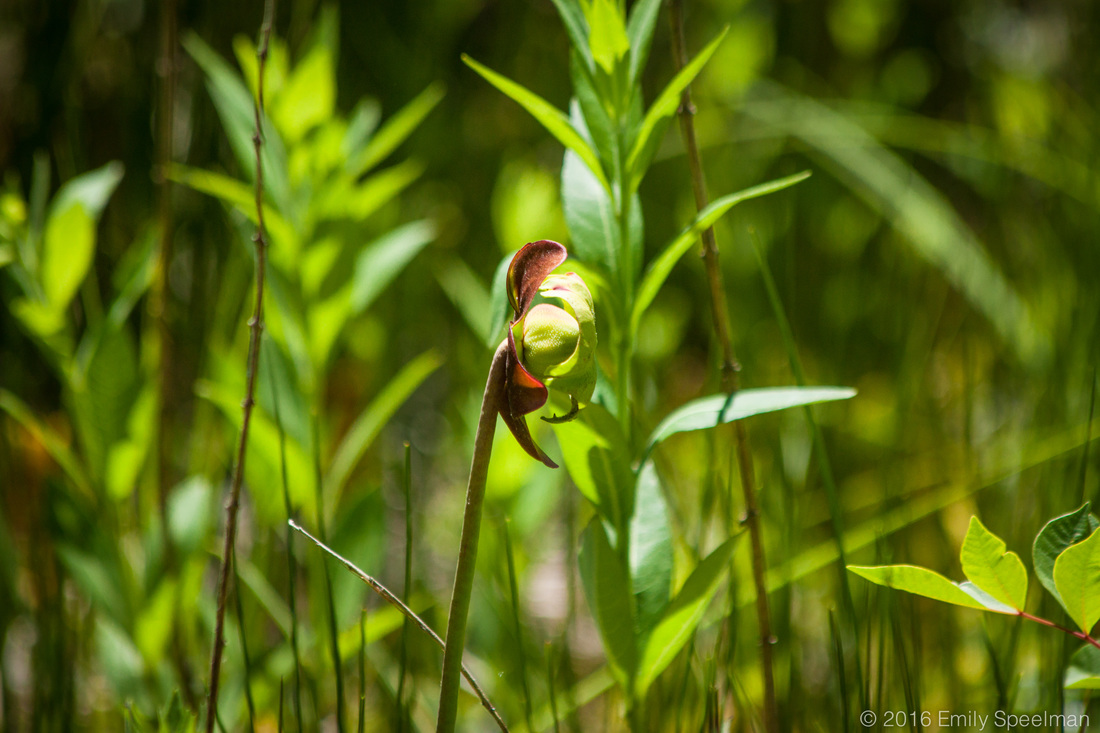
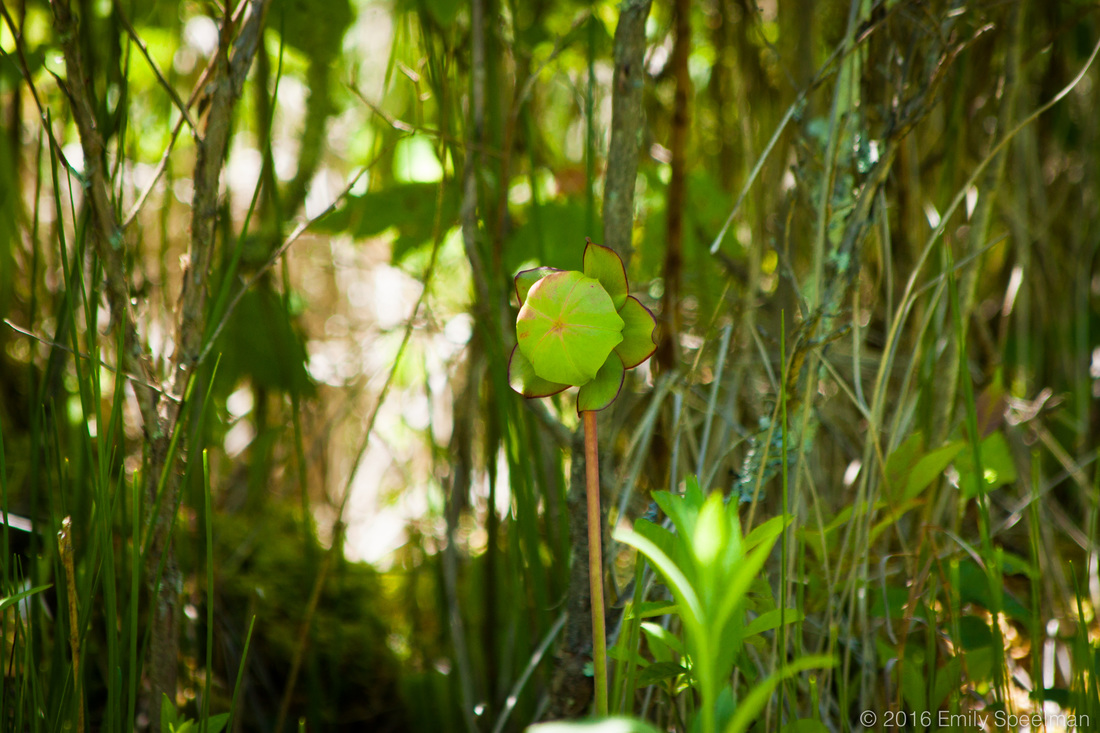
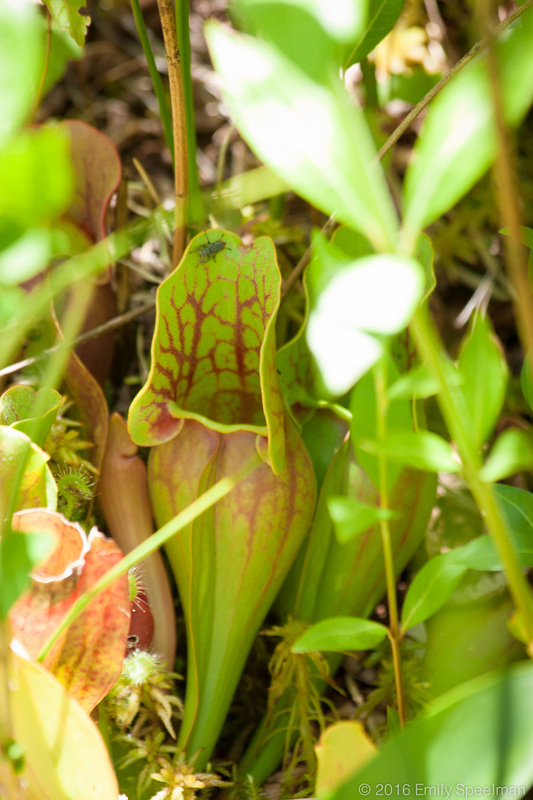
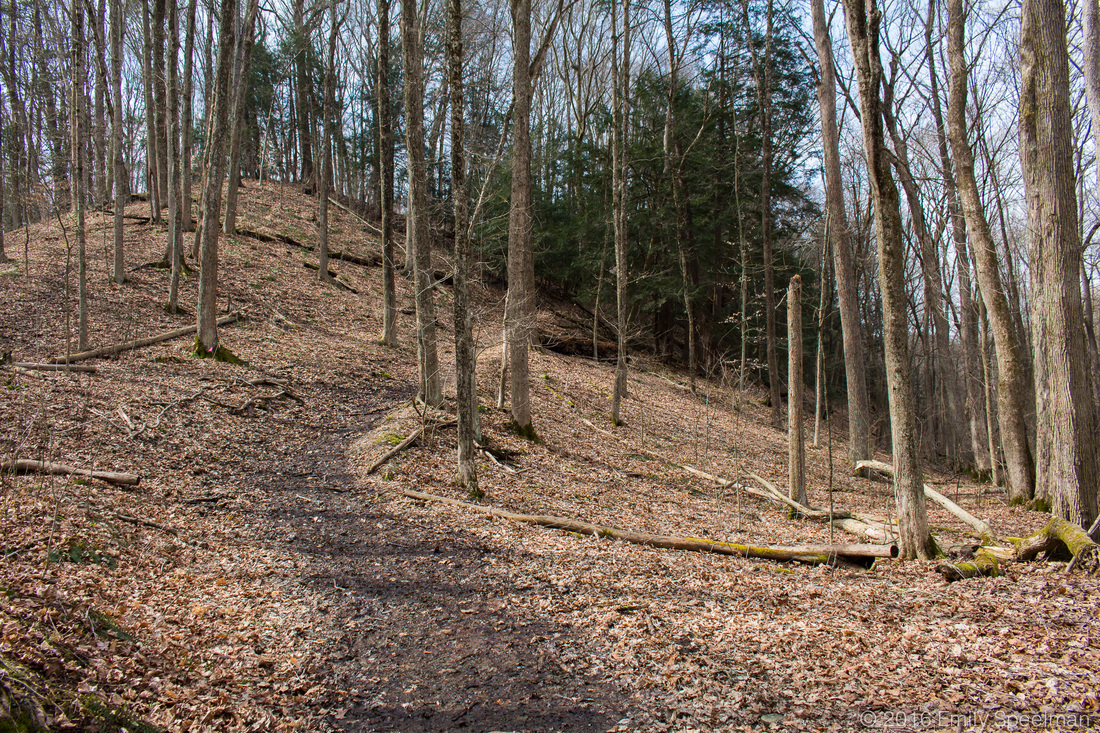
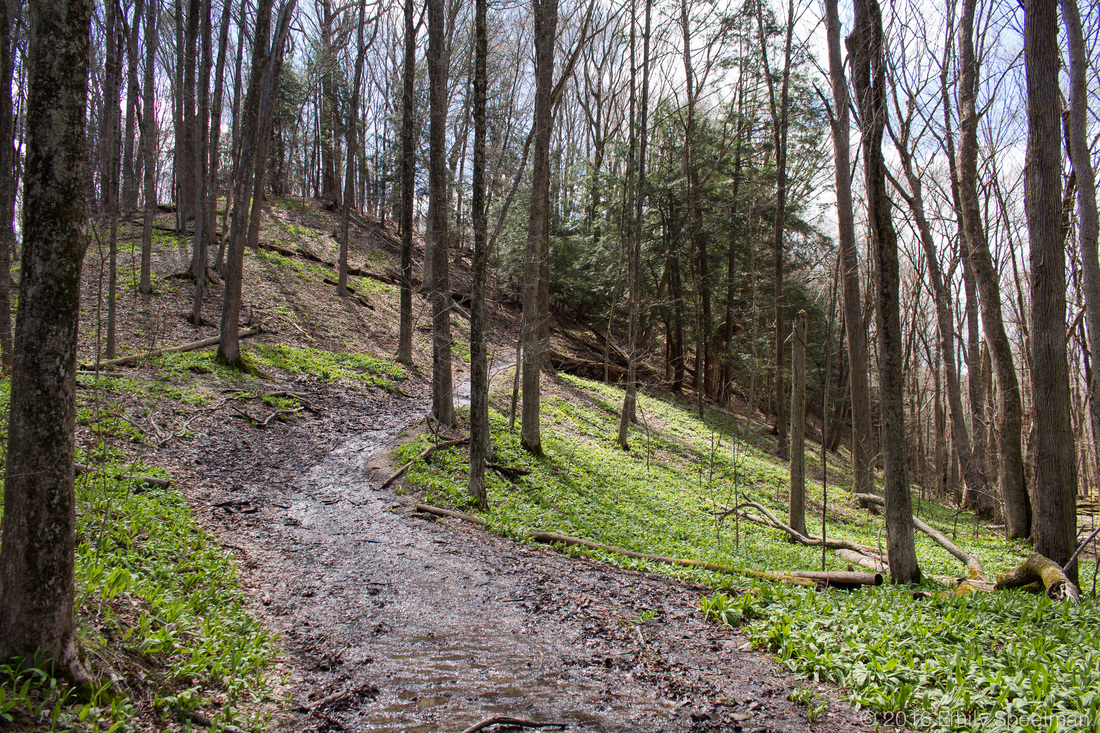
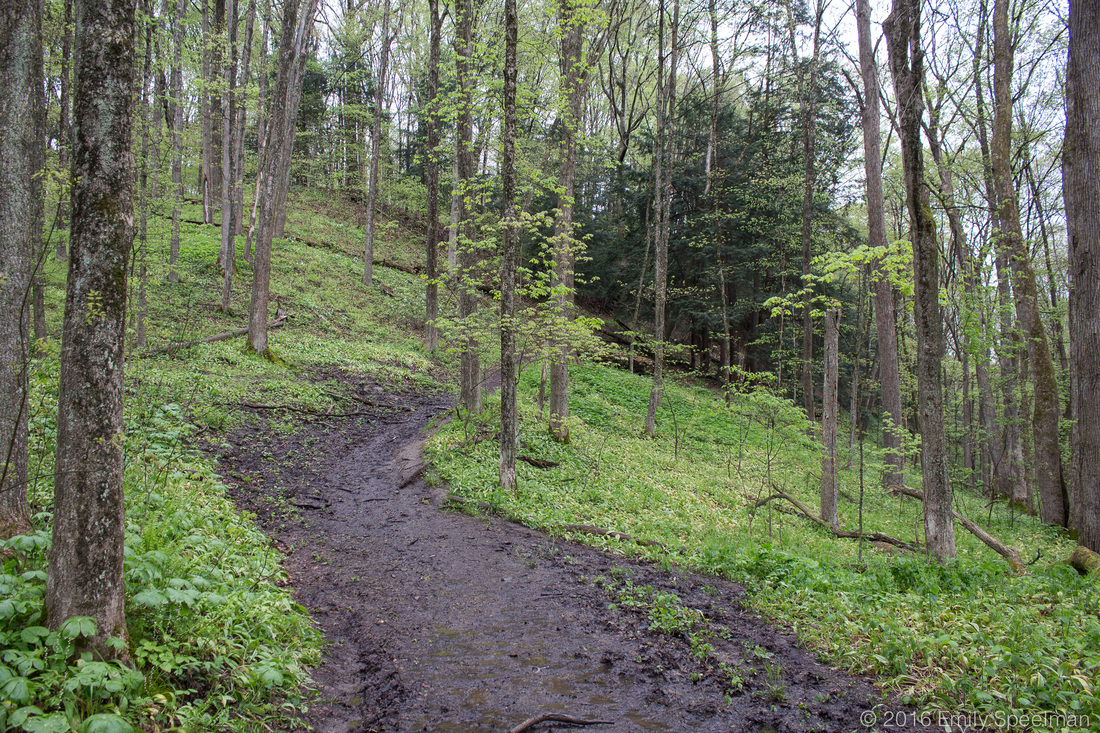
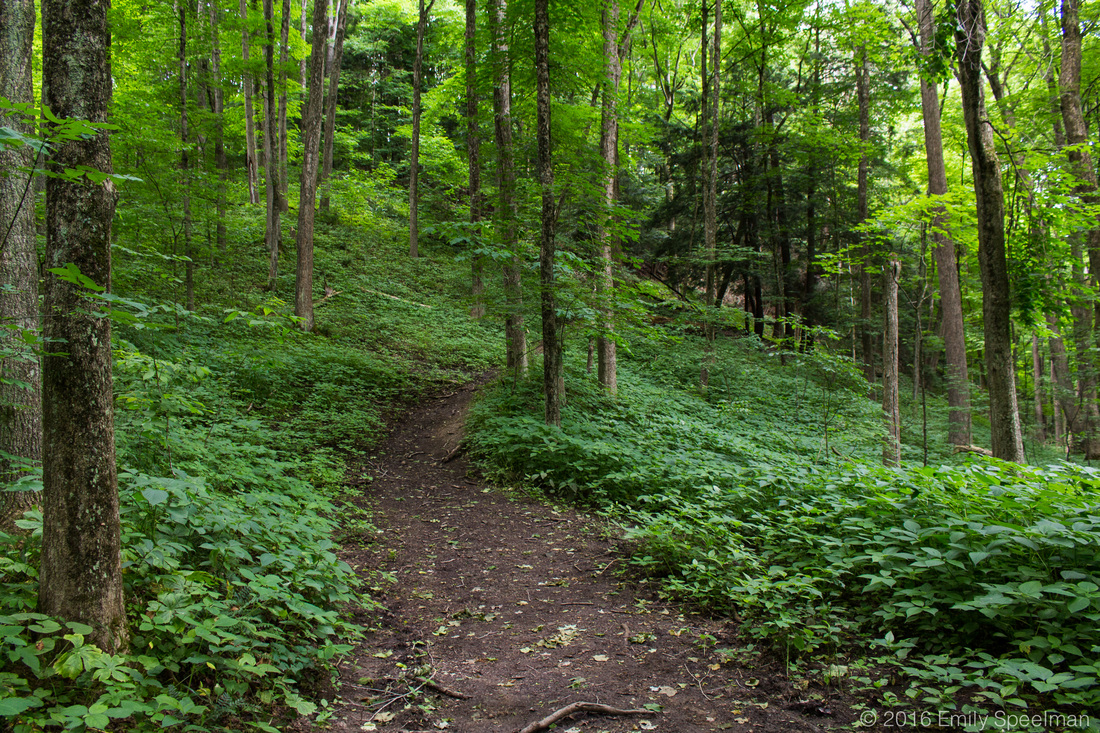
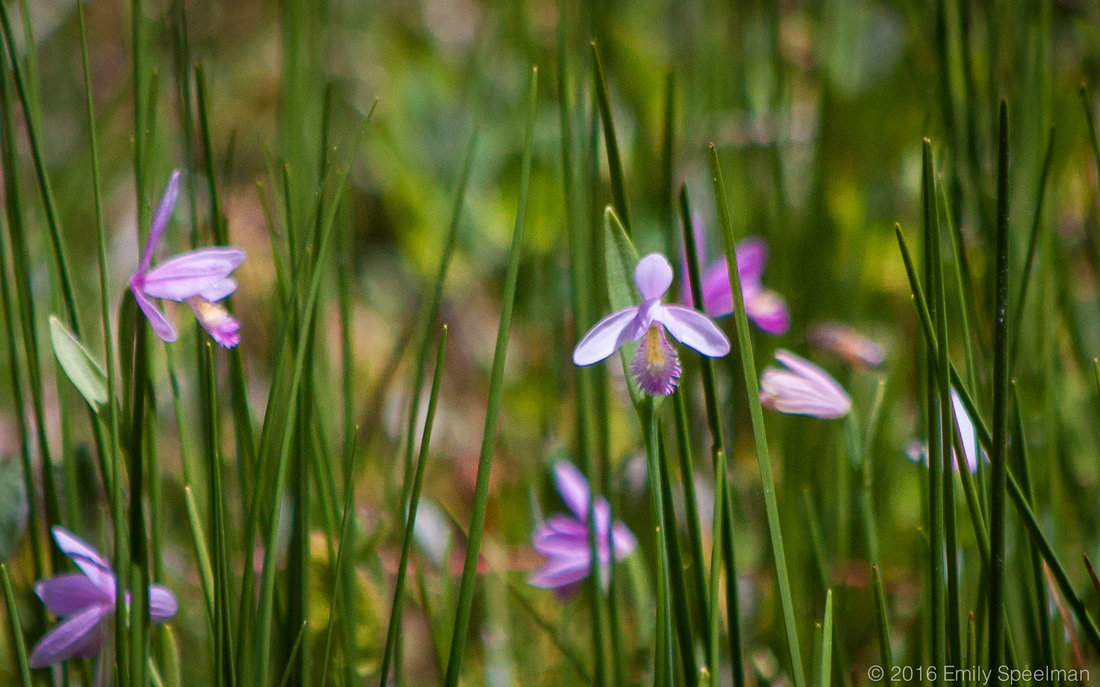
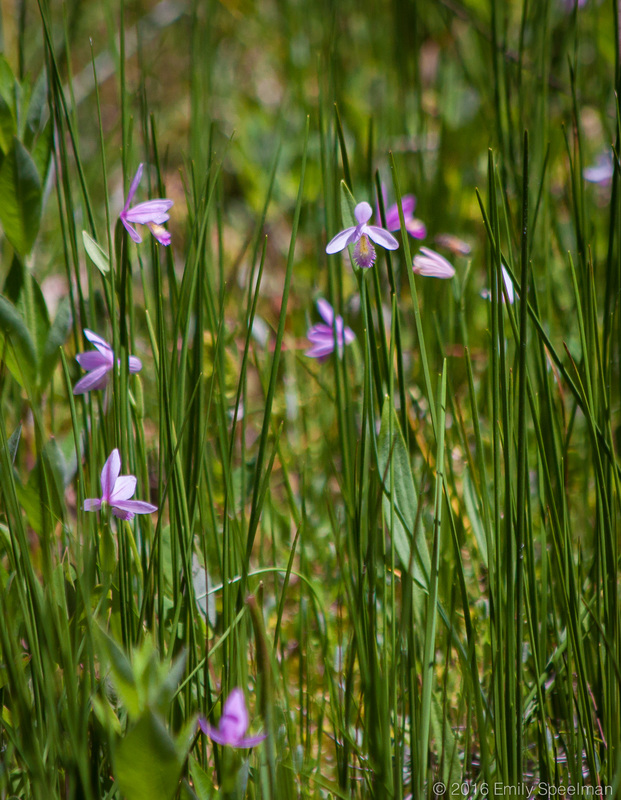
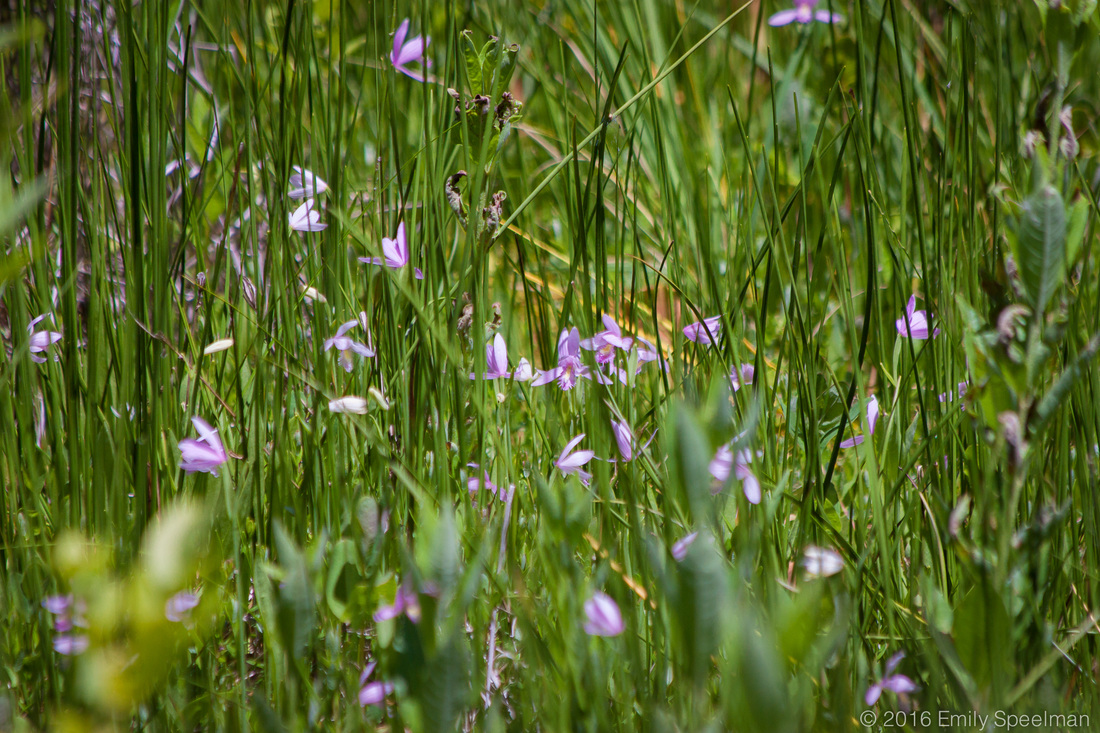
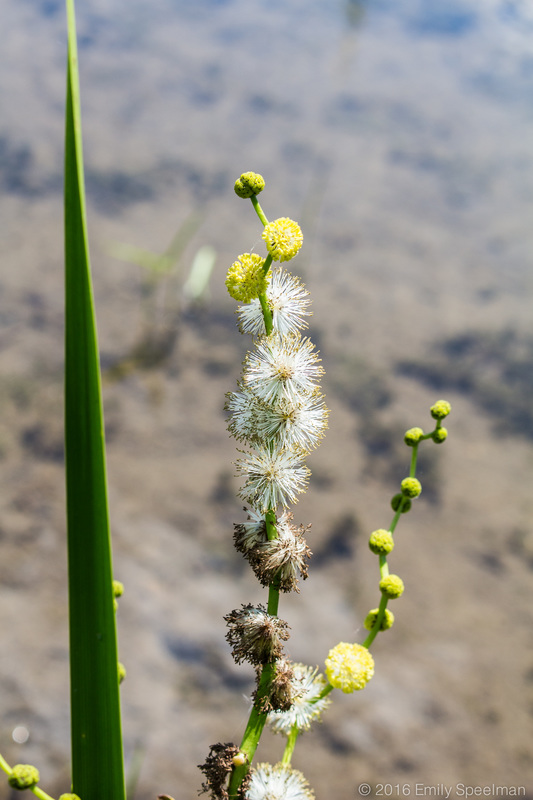
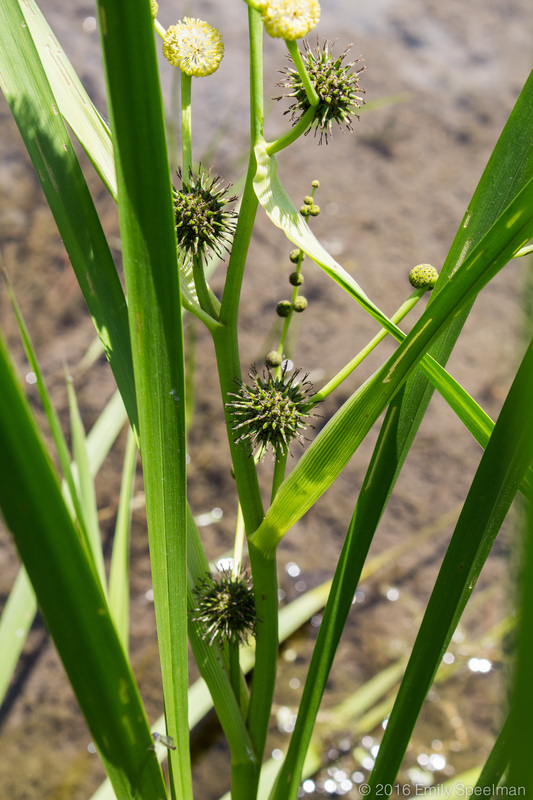
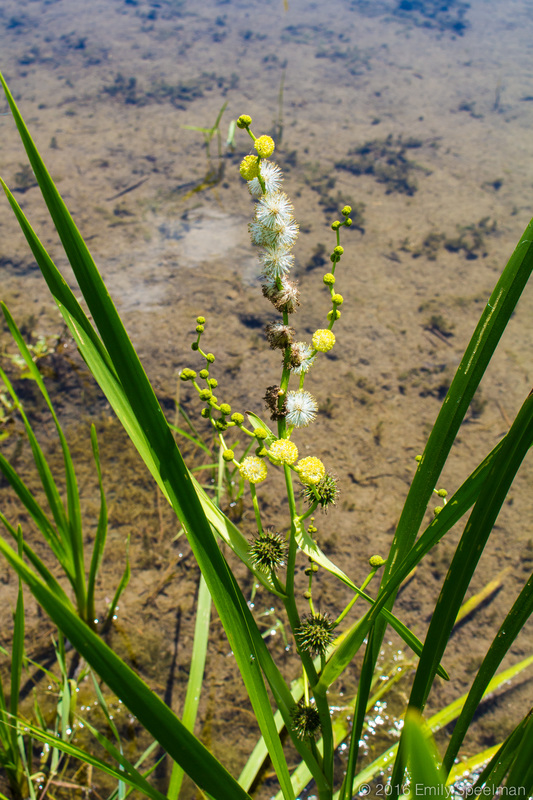

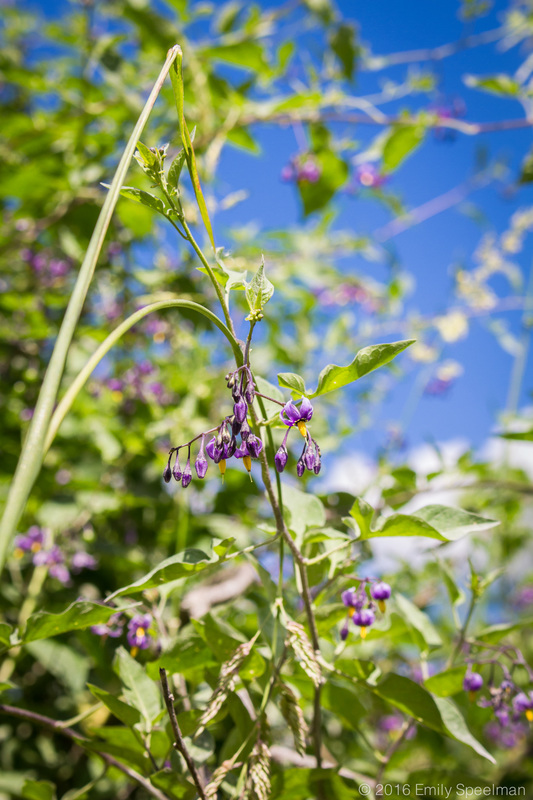
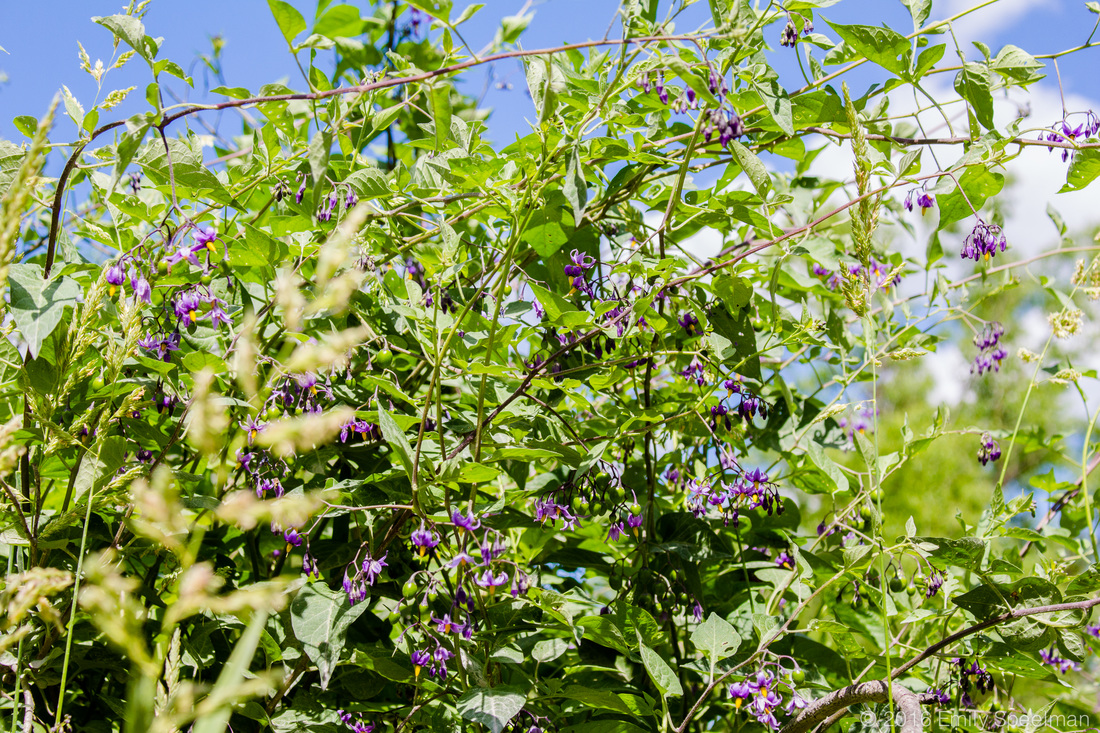
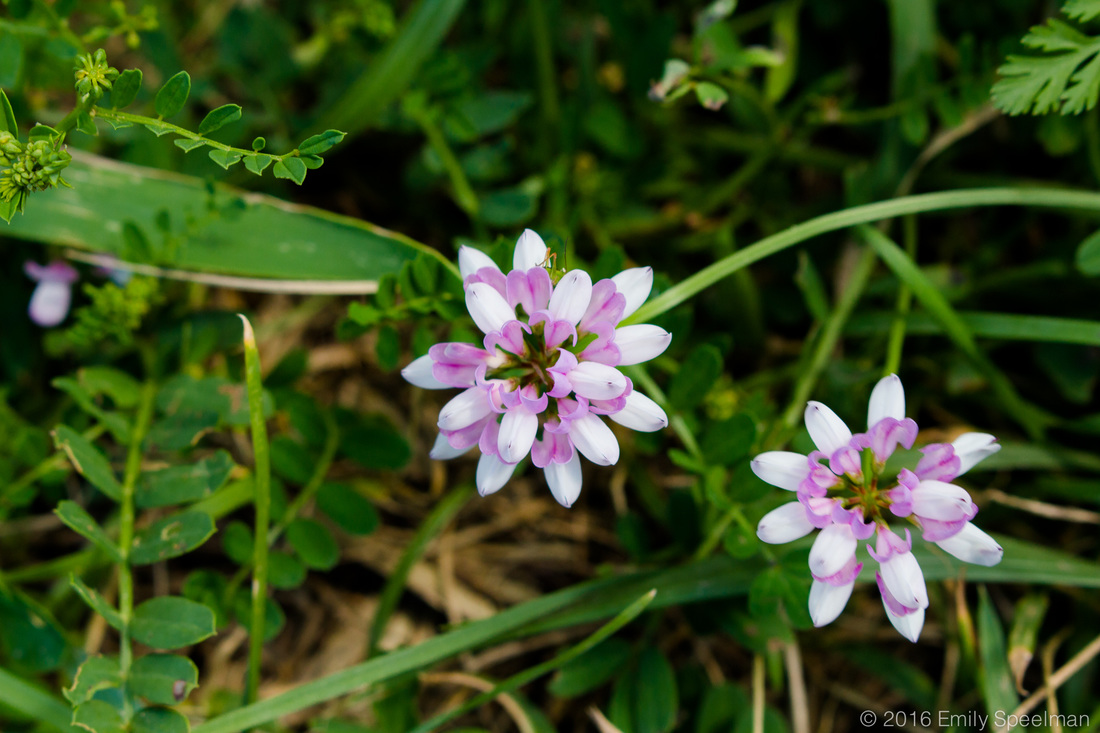
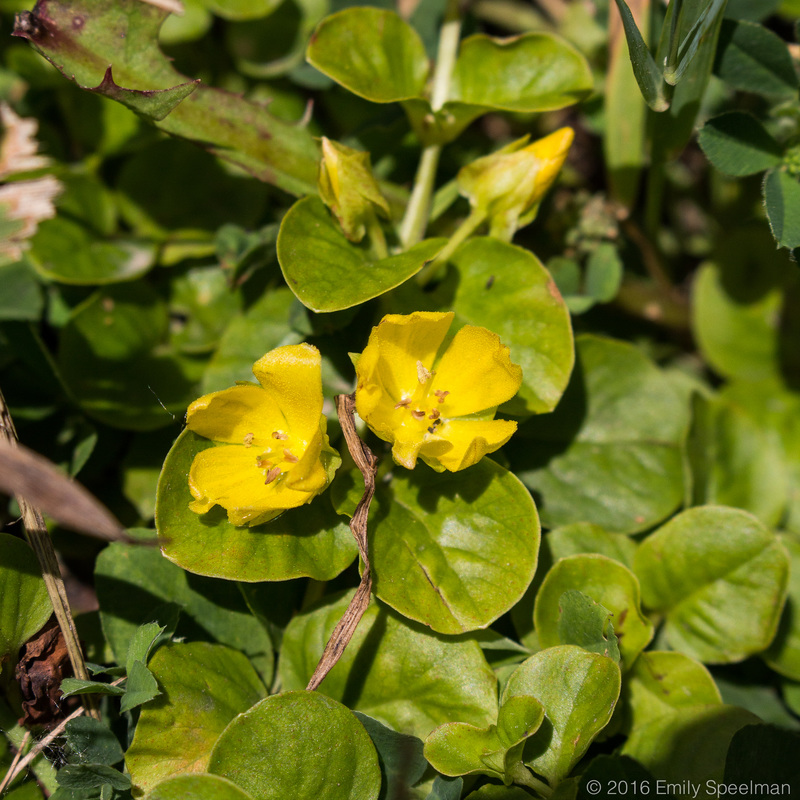
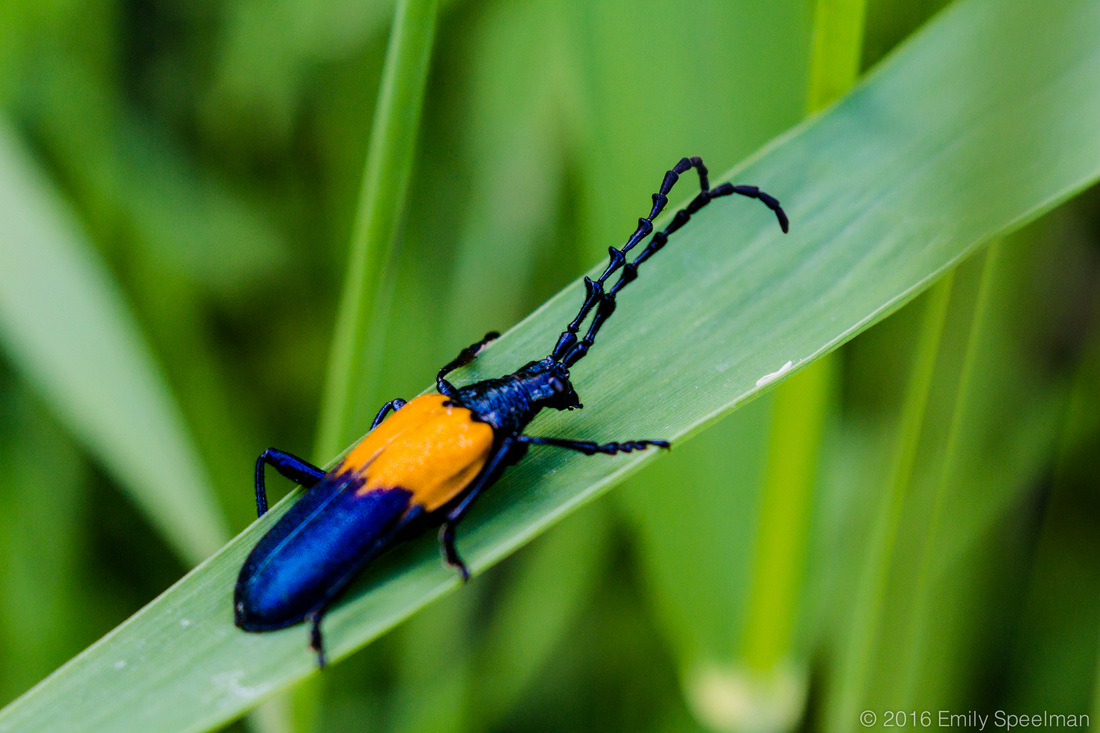
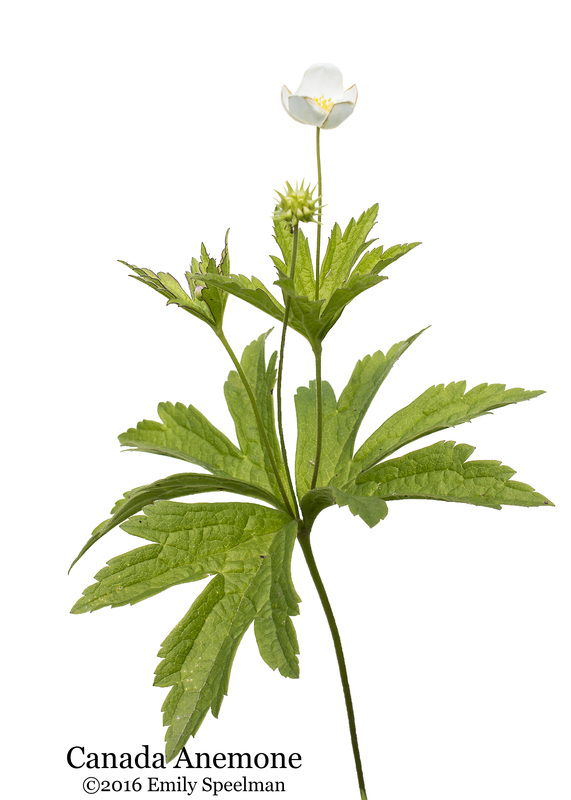

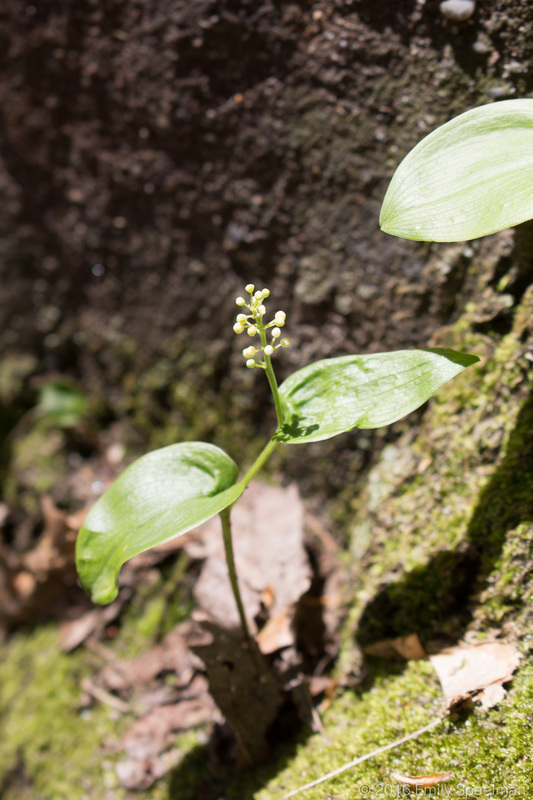
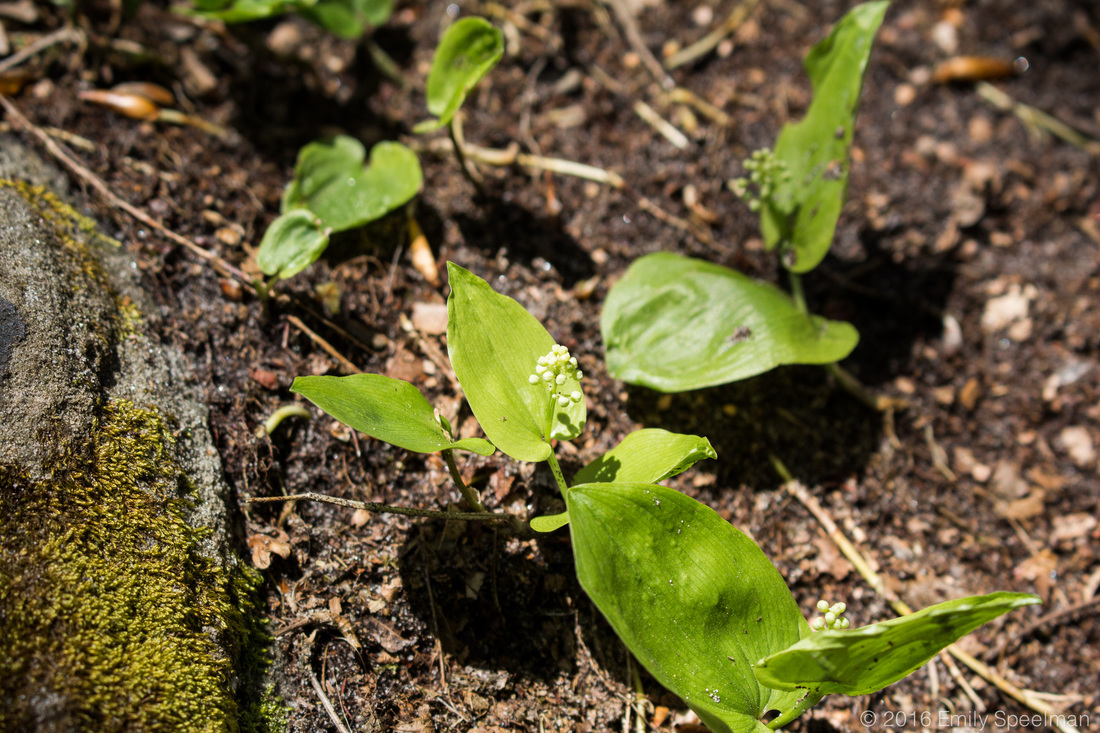
 RSS Feed
RSS Feed